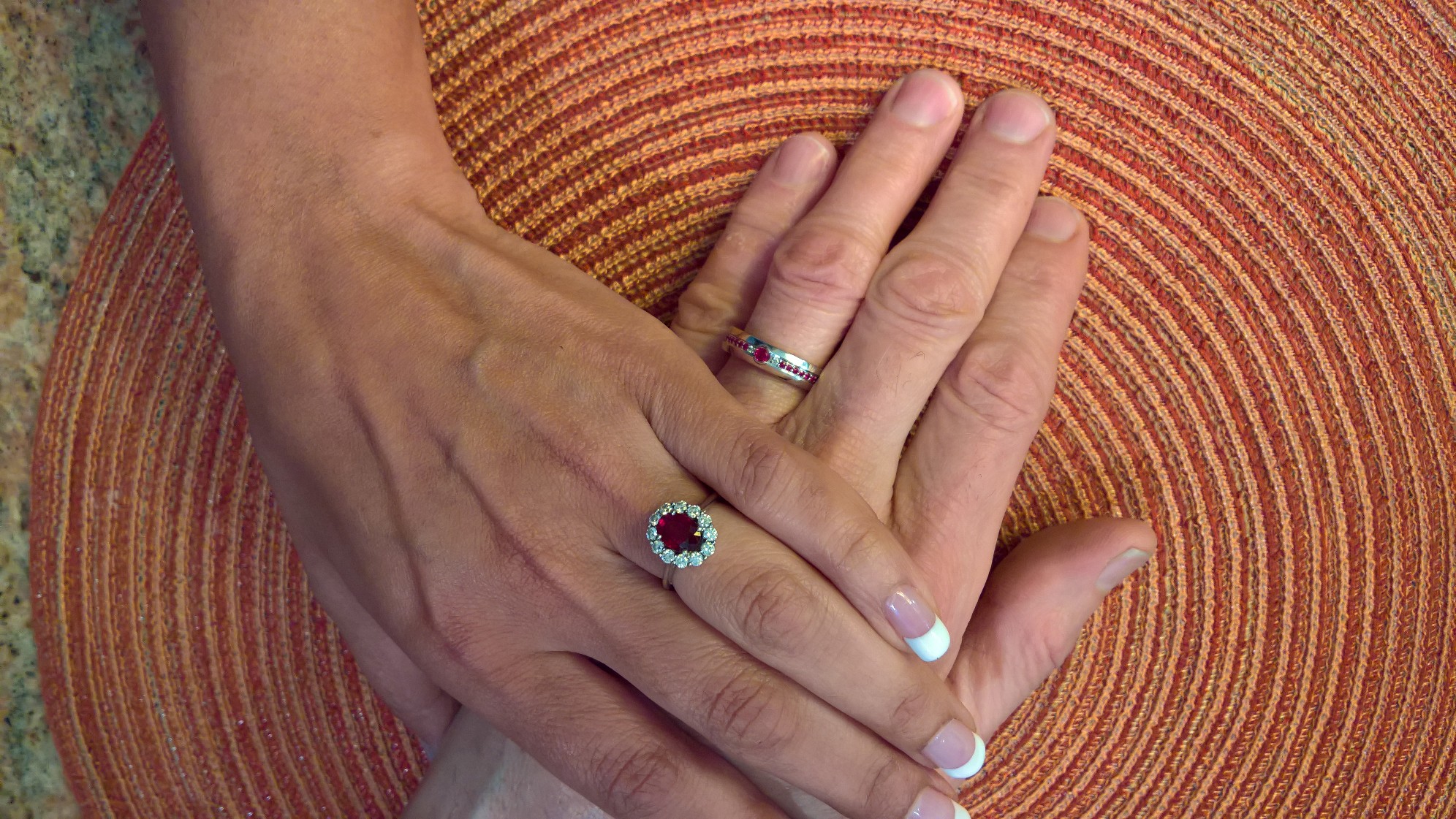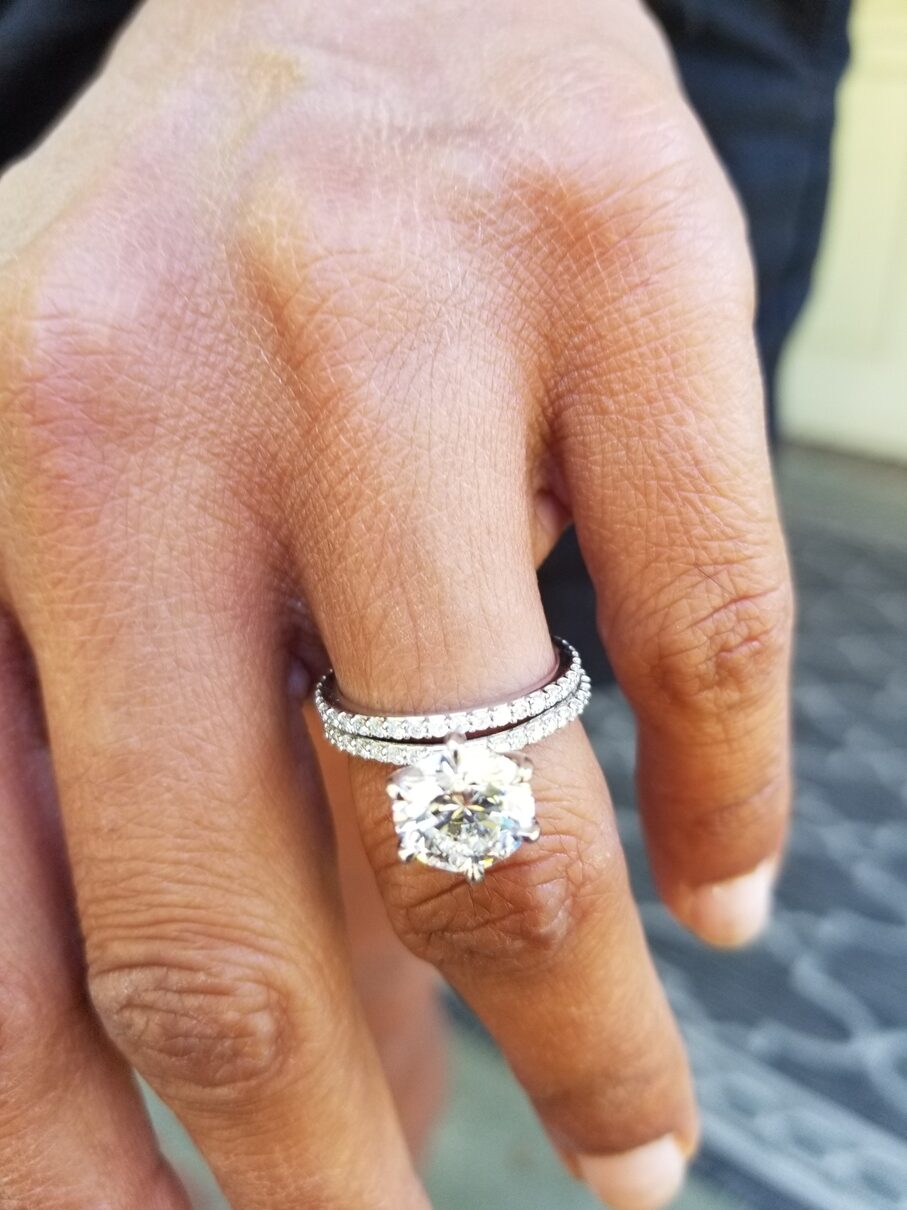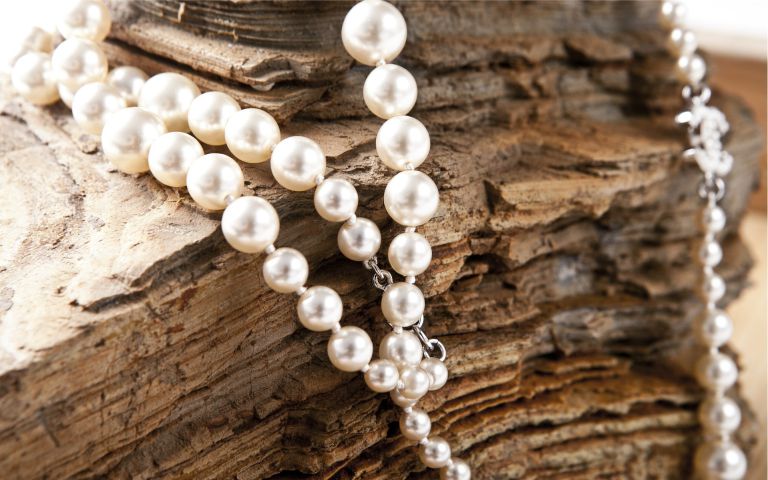
About Gold
About Gold
Pure gold (fine gold) is softer than pure silver but harder than tin. Its beauty and luster are unmatched by any alloyed golds. The extreme malleability, ductility, and softness of pure gold make it practically useless for jewelry applications.
Alloying elements (other metals) are added to gold to increase the toughness and hardness of the gold alloy. While almost any metal can be alloyed (melted) with gold, only certain metals will not dramatically change the color or make the metal brittle. The addition of indium, for instance, turns gold purple and gives gold alloy the workability of glass.
Over time, certain percentages of gold have become legally recognized “karats.” The karat indicates the amount of gold as a percentage of the total, i.e. 24 karat is 100 percent gold. Thus 14 karat is 14/24 gold or 58.33 percent gold. Gold standards vary around the world. In the United States, 24, 22, 18, 14, and 10 karat gold are the only karats allowed to be sold as karated gold.
In karated gold, there is a known proportion of metals in the non-gold percentage. These metals provide the various colors and hardness of karated golds.
Typical alloying elements and their color effect are:
- Copper Reddening
- Silver Greening
- Zinc Bleaching
- Nickel Whitening
- Palladium Whitening
Examples of the compositions of different colors are
- Yellow: Gold, copper, silver, zinc
- White: Gold, copper, nickel (or palladium), zinc
- Red: Gold, copper
- Green: Gold, silver

Adjusting the proportions of base metals (non-precious metals) provides the array of colors on the market. They also enhance properties such as castability, grain size, hardness, corrosion resistance, workability, ultimate strength, and ductility. These additions can dramatically change the properties of the karated gold for better or worse.
Knowing how the additions will affect the karated gold greatly enhances the possibility of a superior final product. In deep drawing of metals, it is important to have a metal which will elongate or stretch a great deal before fracturing, thus high ductility. The requirement for an earring post would be a high tensile strength (a great deal of force needed to get the material to permanently deform or bend). It is
imperative to select the proper karated composition for the desired application.











